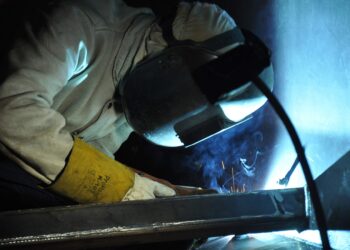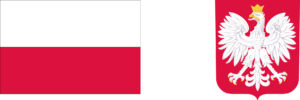In Central and Eastern Europe (CEE), the 'Rust Belt’ – a term borrowed from the United States – refers to regions and cities that were once industrial powerhouses during the communist era but faced economic decline and deindustrialization in the post-communist transition. Today, these post-industrial cities are reimagining and reinventing themselves, seeking to adapt to the new economic realities of the 21st century.
Cities like Łódź in Poland, Ostrava in Czechia, and Rustavi in Georgia exemplify the challenges and opportunities of this transformation. These cities were heavily reliant on industries such as steel, coal, and textiles, which suffered severe cutbacks or closures in the 1990s. The result was a significant loss of jobs, economic stagnation, and urban decay.
However, these post-industrial cities are not resigned to decline. Instead, they are finding innovative ways to rejuvenate their economies and communities. A key strategy has been the diversification of their economic base. This shift often involves investing in the service sector, IT and technology startups, creative industries, and tourism.
Łódź, once a major textile manufacturing centre, is a prime example of this transformation. The city has been revitalizing its old industrial spaces, turning factories and warehouses into hubs for art, culture, and business. The Manufaktura complex, a former textile factory, is now a vibrant shopping, entertainment, and cultural centre. Additionally, Łódź has become a significant player in the Polish film industry, with its film school attracting talent from across Europe.
Ostrava, historically known as a steel town, has been reinventing itself as a centre for culture and education. The city has focused on environmental restoration and the redevelopment of brownfield sites. Projects like the Lower Vítkovice area, a former industrial site, have been transformed into spaces for exhibitions, concerts, and educational activities, breathing new life into the city.
The Georgian city of Rustavi, heavily impacted by the decline of its steel industry, is working towards economic diversification through initiatives in manufacturing, services, and urban redevelopment. Efforts to improve infrastructure and public spaces are part of the city’s strategy to attract investment and improve the quality of life for its residents.
The revitalization of these cities also involves addressing social challenges. Community engagement, retraining programs for former industrial workers, and initiatives to improve social welfare are critical in ensuring that the transition benefits all segments of society.
Another aspect of this transformation is the focus on sustainability. Post-industrial cities in CEE are increasingly adopting green initiatives, such as developing green spaces, promoting sustainable urban mobility, and investing in energy-efficient infrastructure.
However, the path to reinvention for these Rust Belt cities is not straightforward. Challenges such as funding constraints, bureaucratic hurdles, and the need to balance heritage preservation with modern development persist. Moreover, the socio-economic disparities and the legacy of industrial pollution are issues that require ongoing attention.
In conclusion, the reimagining of post-industrial cities in CEE is a journey marked by resilience and innovation. By diversifying their economies, investing in urban renewal, and fostering community engagement, these cities are not only overcoming their Rust Belt legacy but are also paving the way for a dynamic and sustainable future. Their transformation offers valuable lessons in urban redevelopment and economic resilience for post-industrial regions worldwide.






